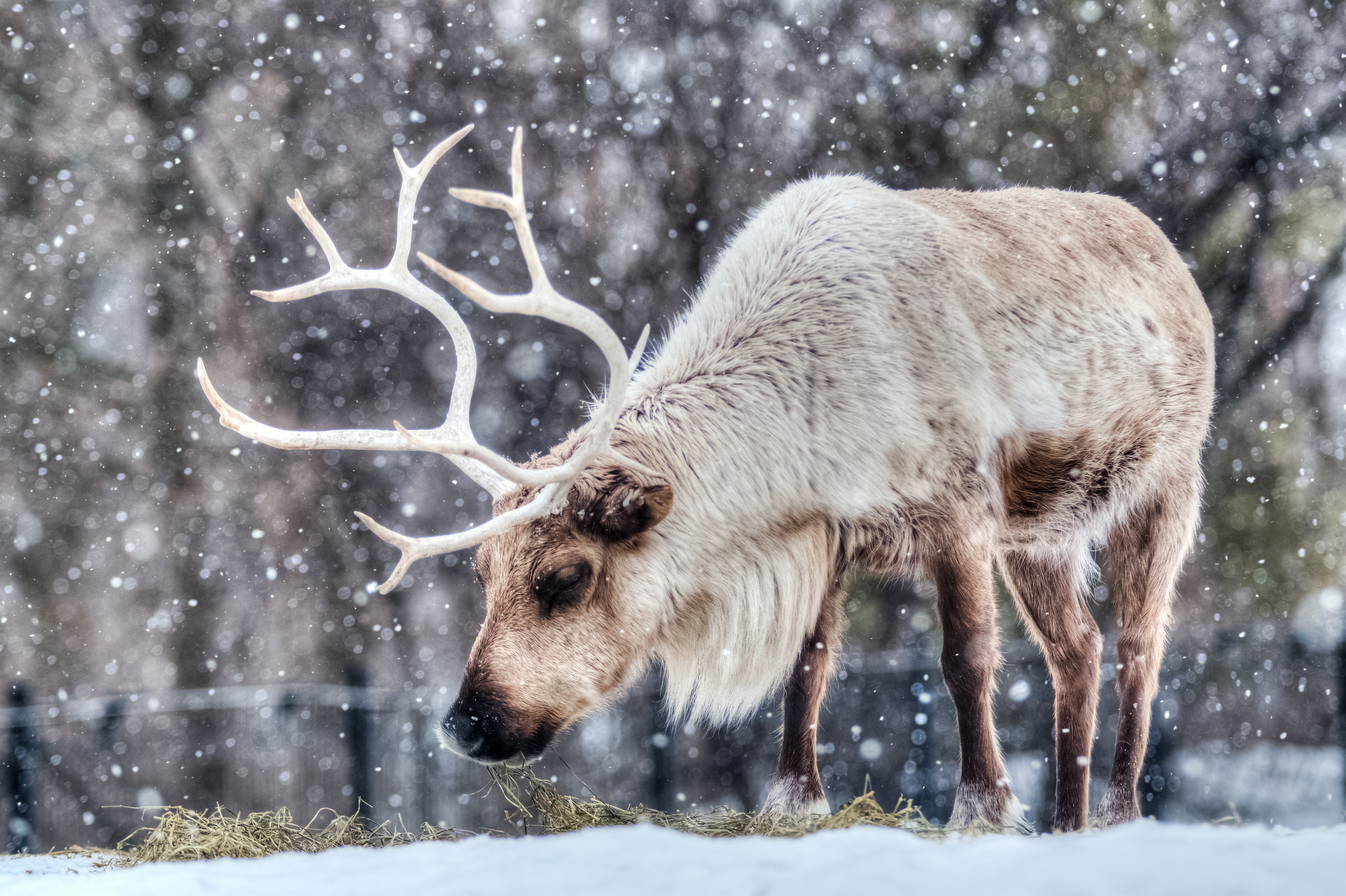
Earlier this year it was pretty sobering to learn that we’ve now killed 83 per cent of all wild mammals on earth. Still, facts like that somehow seem to be another country’s problem—something sad that happens in other parts of the world. In a country like Canada, we’re basically doing okay with our moose, and our fisheries, and our polar bears, right?
Not so, says senior species specialist at WWF Canada, Emily Giles. The perception that Canadian wildlife is doing well was blown apart last year with the organization’s Living Planet Report Canada, in which they revealed that of the 903 vertebrate species studied, 451 of them declined since 1970–that’s a whopping 48 percent.
“People were genuinely surprised to learn there are species at risk in Canada and that we have lots of wildlife that’s in trouble,” Giles says. “It’s important to keep talking about it because it is news to a lot of people.”
Big news stories hit home
Slowly but surely the perception is changing, and that’s in part due to some big animal stories in the media in 2018. Giles points to the killer whale pushing her dead newborn in the water for more than two weeks, or the ongoing plight of right whales in Canadian waters as recent examples of such monumental events.

“[These stories] definitely helped raise the profile of species at risk in Canada and captured everyone’s heart, which is important too in terms of getting people to care about these things,” she says. “As awful as those stories are, at least they get people’s attention about what’s going on.”
Several species in trouble
While the story of the grieving killer whale helped shed light on the survival struggles facing orcas and other whales in the country, it also opened up a conversation about their food source, chinook salmon, which are currently on the endangered list. It’s not just chinook salmon we have to worry about though.
“It’s salmon in general,” Giles says. “There are growing threats to wildlife in Canada but specifically in B.C., salmon are threated both by threats in freshwater as well as in their marine habitat. It’s obviously signifying that something is terribly wrong.”
On the land, Giles notes that one animal people should pay more attention to is the caribou, which has seen a massive decline.
“Caribou are the focus of a lot of scientists and conservation biologists because their decline has been so massive—both for boreal caribou and barren ground caribou, which are the arctic caribou,” she says. “Some of those herds have experienced declines of more than 95 per cent. These are really important animals for people that live in the North. They’re really important culturally, so it’s critical that we pay attention to what’s going on with that species.”
Meanwhile, other species worth highlighting from the report include the little brown bat, which had to be emergency listed in 2014 as endangered “because it experienced such vast and significant decline,” and the wood turtle.

“The wood turtle is considered threatened again, but turtles in Canada are not doing well. There are eight freshwater turtle species and all eight of them are at risk in at least some part of their range in Canada,” Giles adds.
Hope on the horizon
One of the big takeaways from the Living Planet Report Canada was that once species get on the at-risk list it’s hard to get them back off. In fact, animals listed as at-risk continued to decline at a rate of nearly 30 per cent as a result of things like habitat loss, pollution, climate change, overharvesting, and invasive species.
“Those are the top five threats, but typically species at-risk in Canada are under duress from at least two of those,” Giles explains. “It’s a combination of threats that also interact with one another, and they’re cumulative. So we usually need to take a combination of steps in order to help species, and that’s why it’s becoming more and more difficult to solve these problems—the problems are so complex.”
Still, she notes there are many opportunities to protect the species we do have in Canada, and Canadians can do their part by speaking up as citizens and consumers. Encouraging businesses and governments to practice more sustainable policies and practices is a start, and can have a big impact on wildlife and climate change in the long run.
People can also get involved on a local level by participating in WWF Canada’s Go Wild initiatives, and by writing to their local government representatives and urging them to dedicate more protected areas to wildlife across the country.
“We’re really trying to push them to create these high quality, protected areas that are also connected so that they’re not just little isolated islands that are happening across the country,” Giles says. “It’s the same for marine life; we want to see new marine protected areas that also keep industrial development out. Some marine protected areas allow gas exploration or extracting of things like oil, and we don’t want to see that happen. We want to have an area that actually offers protection for our wildlife.”
Now isn’t that a thought.
